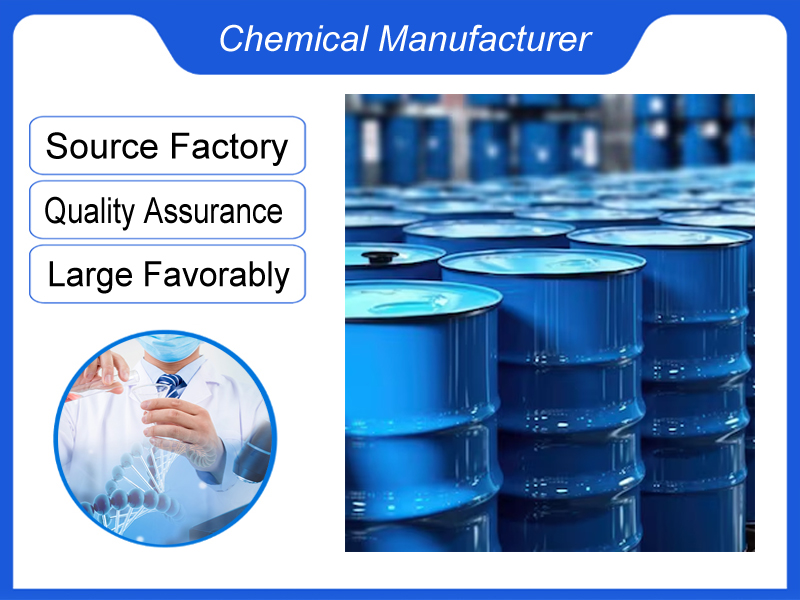
Oxides And Peroxides
We are a manufacturer based in China. We specialize in providing high-quality Oxides And Peroxides for industrial clients across various sectors. Whether you need chemicals consultation or technical support, our team is here to help.
Category:Inorganic Chemicals Own Brand:MT /MOQ:100KG /From China/ B2B only.
Introduction
Definition & Classification
1. Oxides
- Formed by oxygen + another element (MₓOᵧ)
- Types:
- Acidic (e.g., SO₂, CO₂) – React with bases
- Basic (e.g., CaO, Na₂O) – React with acids
- Amphoteric (e.g., Al₂O₃, ZnO) – React with both
- Neutral (e.g., N₂O, CO) – Non-reactive
2. Peroxides
- Contain O-O single bond (O₂²⁻)
- Examples:
- Inorganic (H₂O₂, Na₂O₂)
- Organic (Benzoyl peroxide)
Key Properties
| Property | Oxides | Peroxides |
|---|---|---|
| Bond Type | M-O (ionic/covalent) | O-O (weak, reactive) |
| Stability | Generally stable | Thermally/mechanically sensitive |
| Oxidation State | Varies (e.g., Fe₂O₃: +3) | O: -1 (vs. -2 in oxides) |
Industrial Applications
| Compound | Application | Industry |
|---|---|---|
| Silicon Dioxide (SiO₂) | Glass, semiconductors | Electronics/Construction |
| Hydrogen Peroxide (H₂O₂) | Bleaching, disinfection | Textiles/Healthcare |
| Titanium Dioxide (TiO₂) | Pigments, sunscreen | Paints/Cosmetics |
| Sodium Peroxide (Na₂O₂) | Oxygen generation | Aerospace/Submarines |
Natural vs. Synthetic Production
| Source | Examples | Method |
|---|---|---|
| Natural | Hematite (Fe₂O₃), Bauxite (Al₂O₃) | Mineral deposits |
| Synthetic | ZnO (Zinc oxidation), H₂O₂ (Anthraquinone process) | Chemical synthesis |
Safety & Handling
| Risk | Oxides | Peroxides |
|---|---|---|
| Toxicity | SiO₂ (silicosis risk) | H₂O₂ (burns at >30%) |
| Reactivity | MgO (exothermic with water) | Organic peroxides (explosive) |
| Storage | Dry conditions | Cool, dark, dilute forms |
If you're ready to take the next step, Leave your message below and we’ll reply soon. 20+ years of chemical manufacturing & export experience, a partner you can trust.





